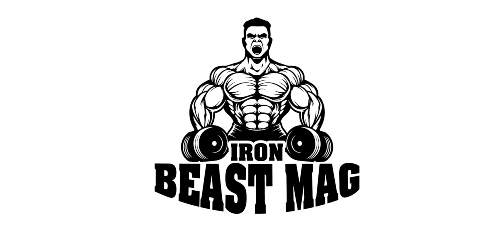Embarking on the journey of bodybuilding is a transformative endeavor that goes beyond the mere pursuit of physical strength and aesthetics. It is a commitment to sculpting not only muscles but also discipline, resilience, and a deep understanding of one’s own body. In this exploration of foundational exercises for beginning bodybuilders, we delve into the intricacies of movements that lay the groundwork for a robust physique. These exercises are not just about lifting weights; they are about building a solid foundation that will support and propel individuals on their path to a healthier, stronger, and more sculpted self. Whether you are a novice or someone looking to refine your workout routine, understanding the nuances of these key exercises is essential for unlocking your body’s full potential in the world of bodybuilding.
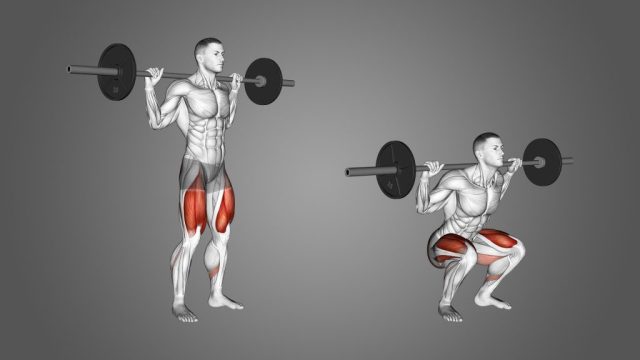
1. Squats:
Targeted Muscles:
Squats are a fundamental compound exercise engaging a variety of muscles. The primary muscles worked during squats include the quadriceps, hamstrings, glutes, and lower back. The quadriceps, located at the front of your thighs, are heavily involved in the upward phase of the squat. The hamstrings, on the back of your thighs, contribute to the bending of your knees. The glutes, or buttocks muscles, are responsible for hip extension, while the lower back muscles play a role in stabilizing your spine.
Proper Form:
To perform squats correctly, start by standing with your feet shoulder-width apart. Keep your back straight, chest up, and shoulders back. Initiate the movement by bending at the hips and knees simultaneously, as if sitting back into a chair. Ensure your knees align with your toes and do not extend past them. Lower your hips until your thighs are parallel to the ground. Maintain a neutral spine throughout the movement. Push through your heels to return to the starting position.
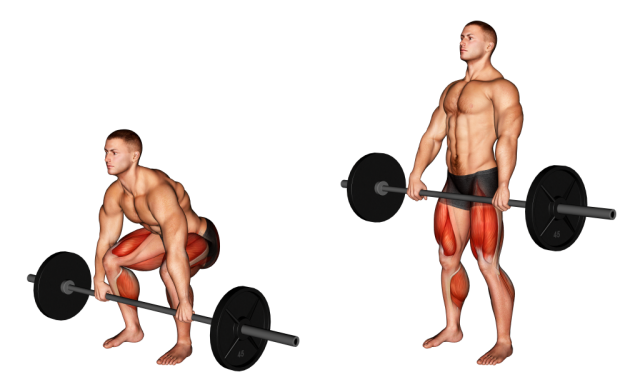
2. Deadlifts:
Targeted Muscles:
Deadlifts are a compound movement predominantly targeting the posterior chain. This includes the muscles along your back, glutes, hamstrings, and core. The erector spinae muscles in your lower back work to keep your spine straight, while the glutes and hamstrings are responsible for hip extension. The upper back muscles, including the lats and traps, also play a significant role in the deadlift.
Proper Form:
Begin a deadlift with the barbell on the ground and your feet hip-width apart. Bend at the hips and knees while keeping your back straight. Grip the barbell with hands slightly wider than shoulder-width. Lift the bar by straightening your hips and knees, ensuring it stays close to your body. Stand tall with your shoulders back, then lower the bar with controlled movement, maintaining the natural arch in your lower back.
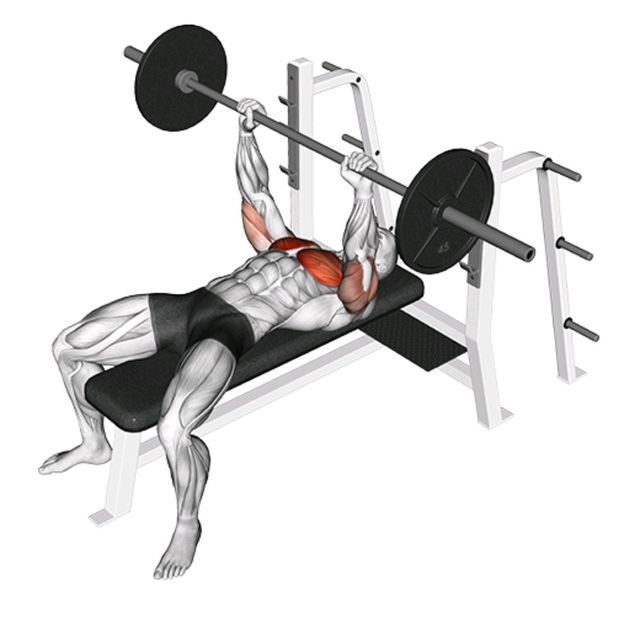
3. Bench Press:
Targeted Muscles:
The bench press is a classic upper body exercise that primarily targets the chest, shoulders, and triceps. The pectoralis major muscles in your chest are the primary movers, while the deltoids in your shoulders and triceps provide additional support.
Proper Form:
Lie on a flat bench with your feet firmly on the ground. Grip the barbell with hands slightly wider than shoulder-width apart. Lower the bar to your chest while keeping your elbows at a 90-degree angle. Press the bar back up, fully extending your arms. Maintain a stable grip on the bar and engage your chest muscles throughout the movement.
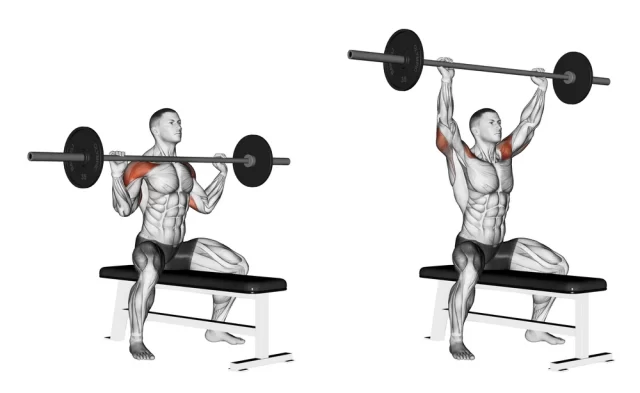
4. Overhead Press:
Targeted Muscles:
The overhead press, or shoulder press, focuses on the deltoids, triceps, and upper trapezius. It’s an excellent exercise for building shoulder strength and stability.
Proper Form:
Stand with feet shoulder-width apart, holding a barbell at shoulder height. Press the bar overhead, fully extending your arms. Keep your core engaged and avoid arching your lower back. Lower the bar in a controlled manner back to the starting position.
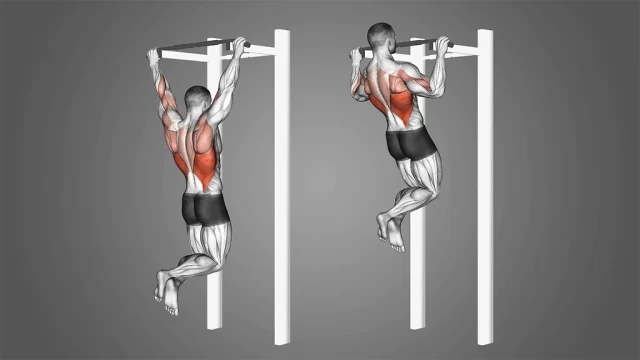
5. Pull-Ups/Chin-Ups:
Targeted Muscles:
Pull-ups and chin-ups primarily target the muscles in your back, biceps, and forearms. These exercises are essential for developing upper body strength and creating a well-rounded physique.
Proper Form:
Hang from a bar with your palms facing away for pull-ups or towards you for chin-ups. Pull your body upward until your chin clears the bar, focusing on engaging your back muscles. Lower yourself down with controlled movement, ensuring a full range of motion.
Remember, mastering proper form is crucial for maximizing the effectiveness of these exercises and preventing injuries. Start with lighter weights and gradually progress as your strength improves. If in doubt, seeking guidance from a fitness professional is recommended, especially if you are new to weight training.
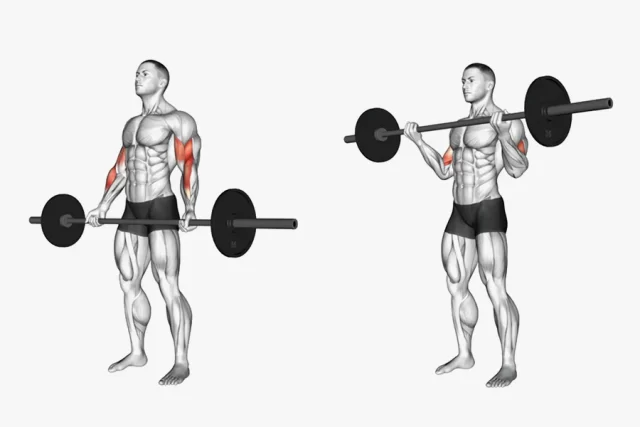
6. Barbell Curls:
Targeted Muscles:
Barbell curls predominantly target the biceps and forearms. This isolation exercise is key for enhancing the development of the muscles in the front of your upper arms.
Proper Form:
– Starting Position: Stand with your feet shoulder-width apart, holding a barbell with an underhand grip (palms facing upward) and hands slightly wider than shoulder-width.
– Curling Phase: Keep your elbows close to your body and exhale as you curl the barbell upward toward your chest. Focus on contracting your biceps throughout this phase.
– Top Position: At the top of the movement, your forearms should be nearly vertical, and your biceps fully contracted.
– Lowering Phase: Inhale as you lower the barbell down to the starting position in a controlled manner. Maintain a slight bend in your knees and avoid using momentum to swing the weight.
Ensure a full range of motion, allowing your arms to fully extend during the lowering phase and fully contract during the curling phase. Consistent execution of proper form is crucial to maximize the effectiveness of barbell curls and prevent unnecessary strain on your joints. Incorporate this exercise into your routine to contribute to the comprehensive development of your upper body.
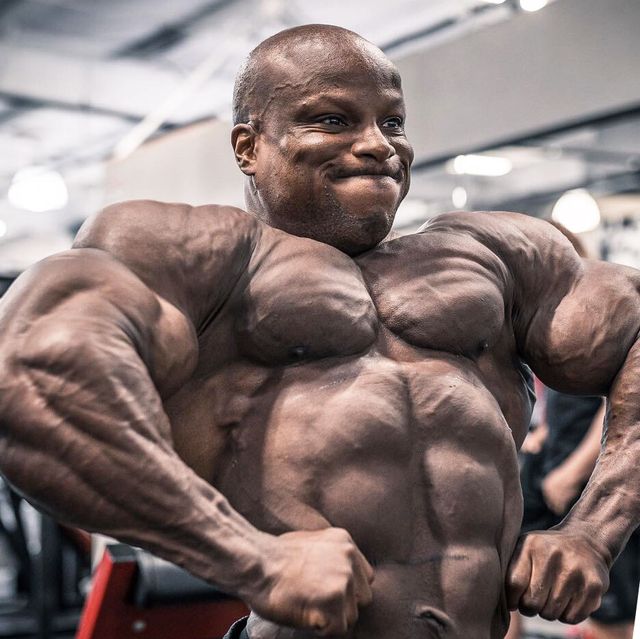
In conclusion, the journey of bodybuilding is a continuous process of growth, both physically and mentally. The foundational exercises explored here serve as pillars, supporting individuals in their pursuit of strength, muscle development, and overall well-being. As beginning bodybuilders embrace squats, deadlifts, bench press, overhead press, and pull-ups/chin-ups, they are not just engaging muscles but fostering a deeper connection with their bodies.
Consistency and commitment to proper form are the cornerstones of success in these exercises. Through this commitment, individuals not only enhance their physical prowess but also cultivate discipline and resilience. The journey is unique for each person, and these foundational exercises provide a solid framework upon which to build a personalized and effective bodybuilding routine.
As the weights are lifted and the repetitions accumulate, it becomes evident that bodybuilding is not merely a series of exercises; it is a transformative process that extends beyond the gym walls. It is a journey of self-discovery, pushing limits, and achieving milestones. Whether you are at the beginning of this adventure or further along the path, the importance of these foundational exercises remains steadfast.
In the realm of bodybuilding, building a solid foundation is not a destination but a continuous evolution. It is an investment in health, strength, and the realization of one’s physical potential. Embrace the journey, stay dedicated, and let the foundational exercises be the stepping stones toward a stronger, healthier, and more empowered version of yourself.
IBM
